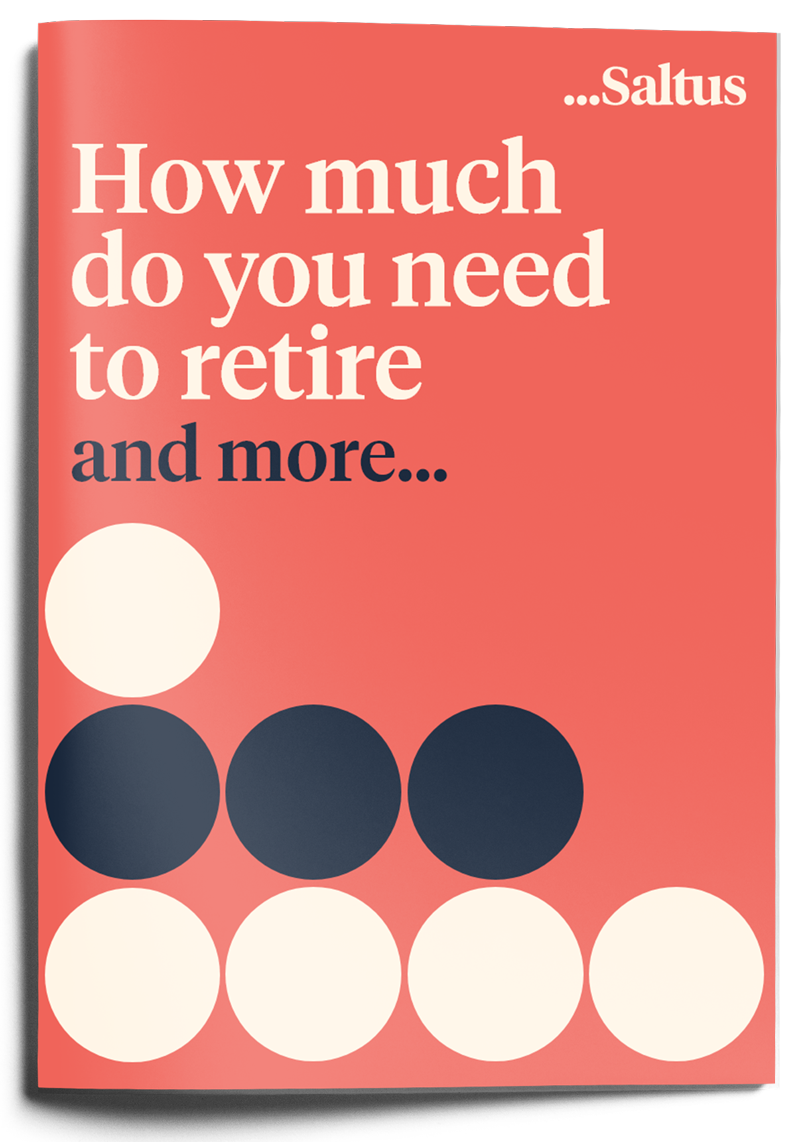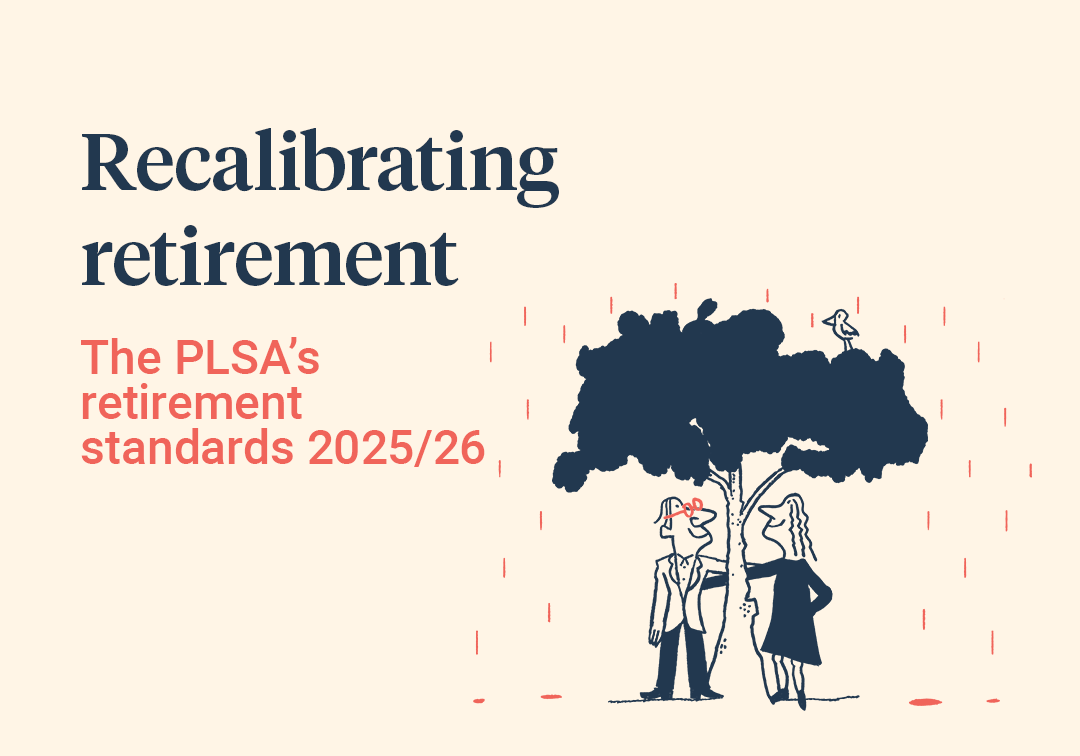There was a noticeable buzz in the office as the much-anticipated Labour Budget was announced. Described by The Chancellor, Rachel Reeves, as a budget to “restore stability”, many of the changes aimed to balance the UK’s current high debt burden whilst prioritising investment.[1] Only time will tell whether Reeves can achieve this.
Whilst budget announcements tend to be a highlight of my year, I recognise it isn’t everyone’s. As much as I’d like to explore everything that was announced, as this is the type of thing I love doing, some policies will have a greater impact than others. As such, I’m going to focus on the changes that will likely have the most significant effects and how these may alter your approach to planning in the future.
Two key topics stand out: changes to inheritance tax (IHT) and Capital Gains Tax (CGT). Reeves has acknowledged that tax rises were necessary, though she assured us that no further hikes should be expected. [2] Whilst changes to tax aren’t generally that liked, the updates introduced appear to strike a fairly balanced approach. So, without further ado, let’s dive in…
Inheritance Tax: taxing times ahead
When it was announced that, from April 2027, most unused pensions will form part of your estate for inheritance tax purposes, there was quite a reaction in the office. As a self-proclaimed ‘pensions geek’, this was the change that caught my attention.





